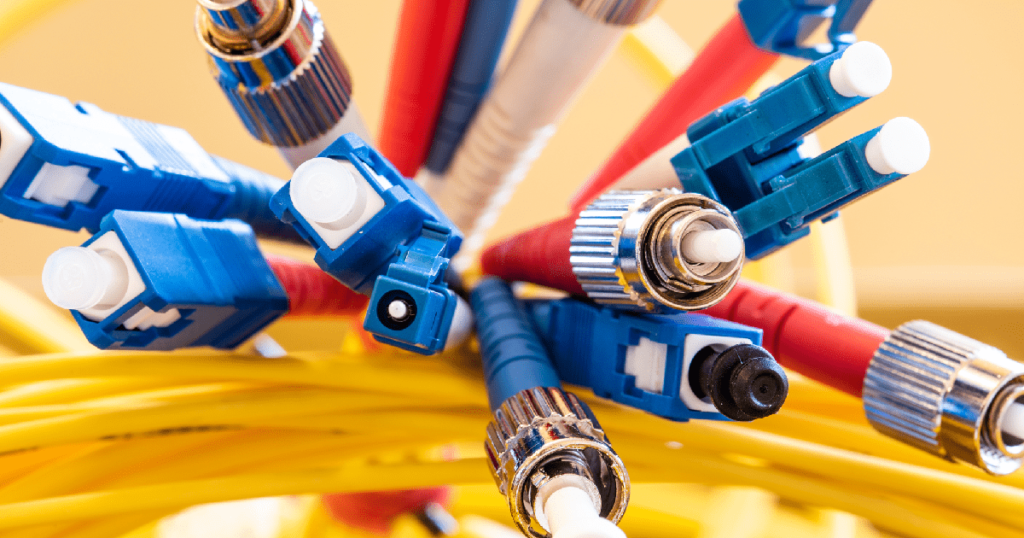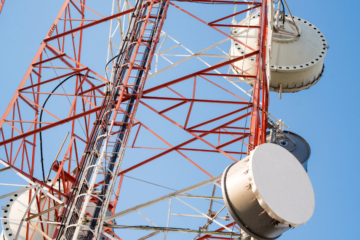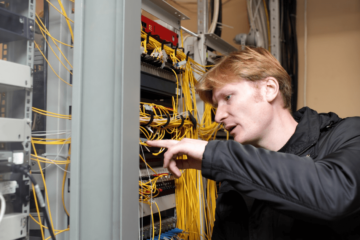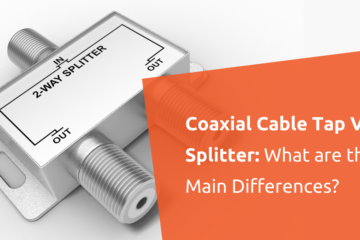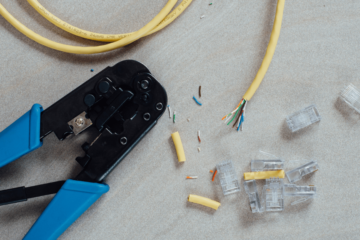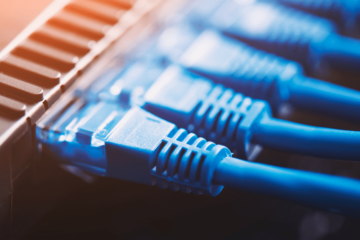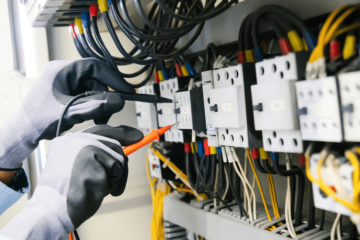
What is a Fiber Optic Patch Cable?
A Fiber optic patch cable, also called a fiber patch or fiber jumper, is a section of a optical cable that is connectorized on both sides, to interconnect optical cable terminations in ODF or in a Termination box or distribution box, and/or active network equipment.
The right patch cord has to take into account the type of optical signal it is going to transmit. If the communication is bidirectional, the number of fibers and the type of connector.
Types of Fiber Patch Cables
Fiber Optic Networks have different specifications and characteristics. For this, there’s different fiber optic patch cable types that you can choose from to fit your network best:
Single Mode or Multi Mode:
A fiber optic cable network can be built with different types of fiber: single mode or multi mode. Within single mode it can be OS1 or OS2; within multi mode it can be OM1, OM2, OM3, OM4 or OM5.
The optical patch cord must follow the type of fiber installed in the cable. That is, we cannot have the distribution cable in single mode and the patch in multi mode, or vice versa.
Within single mode there is compatibility between OS1 and OS2, but in multi mode this compatibility only exists between OM2, OM3, and OM4. This compatibility is from largest to smallest only.
If the patch is between active equipment, we must pay attention to the distance and speed of communication that we want to obtain, as well as the type of emitter that the active devices have (LASER or LED).
- The Single Mode fiber is designed to receive a single beam of light (LASER) and has a core of 9 microns. Transmitting a single beam of light allows you to span distances at much higher communication speeds. The two existing single-mode fiber types (OS1 and OS2) are compatible with only varying attenuation per KM.
- The Multi Mode fiber has a much larger core, 62.5 microns for the OM1 and 50 micros for the others. The light emission is done by an LED, which implies several rays of light traveling in the fiber. Transmitting multiple light rays, it has limitations in distance and speed depending on the fiber class.
However, when choosing a patch cord for an installation, all these parameters are conditioned to the other components of the network (assets and cables). The patch has to guarantee compatibility between the other components.
Configuration:
This defines the amount of fiber strands the patch cord contains.
- Simplex Fiber Patch Cords have one single fiber strand.
- Duplex Fiber Patch Cords have two fiber strands. These are usually used on high-speed networks.
Connectors:
Different fiber patch cord connectors can be used on different situations. Some of these are:
- LC connectors are a connector with a smaller footprint, commonly used in high-density applications.
- SC connectors are the most common type of connector used as it costs cheap and has longevity.
- ST connectors are easy to install, low cost and usually installed in industrial environments.
- FC connectors are even easier to install and are recommended to install on environments with more vibration, as these secure the fiber core.
- MU connectors are smaller while still supporting density and not compromising the performance.
Fiber patch cords can be found with even more specific characteristics like different polishing (APC, PC and UPC), different jacket materials (FRNC and LSZH) and different isolation colors (that can help you color code your cables).
Which Patch Cord Should I Choose?
This decision has to be made considering the fibers used in the network. The type of fiber (OS1, OS2, OM1, OM2, OM3, OM4 or OM5) has to match the signal from the fiber optic cables that are being used on the network, otherwise, as said before, the performance of the network can be affected.
The same applies for configurations, connector types or even to polishing. The patch cord will always need to match the existent requirements of your network to be able to perform well.
Related articles: Fiber Optic Cable Buying Guide: What You Should Look For


